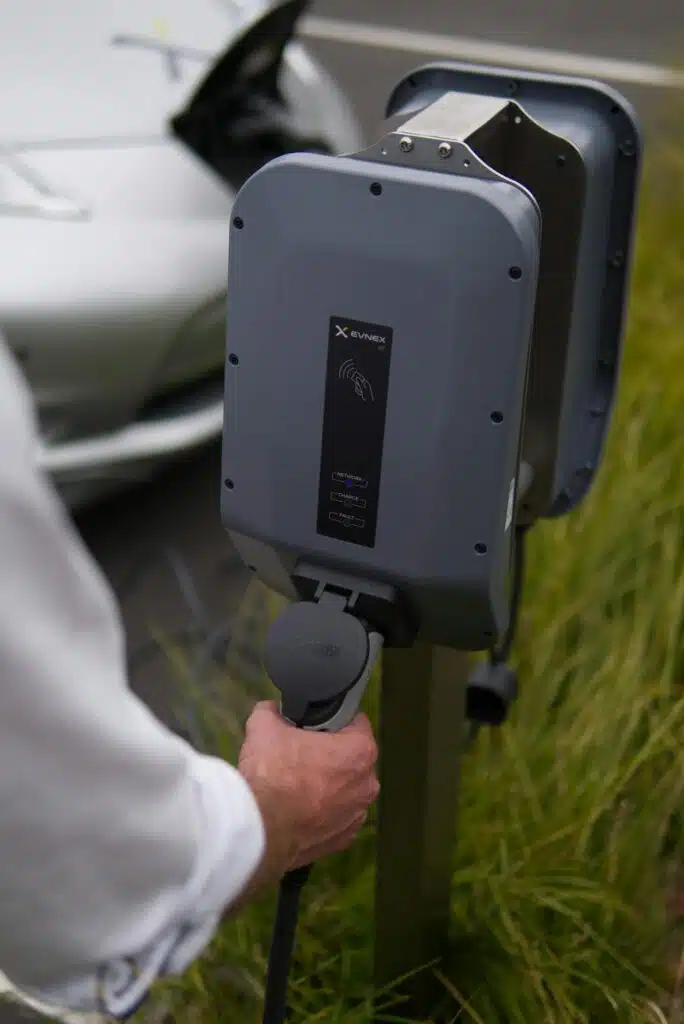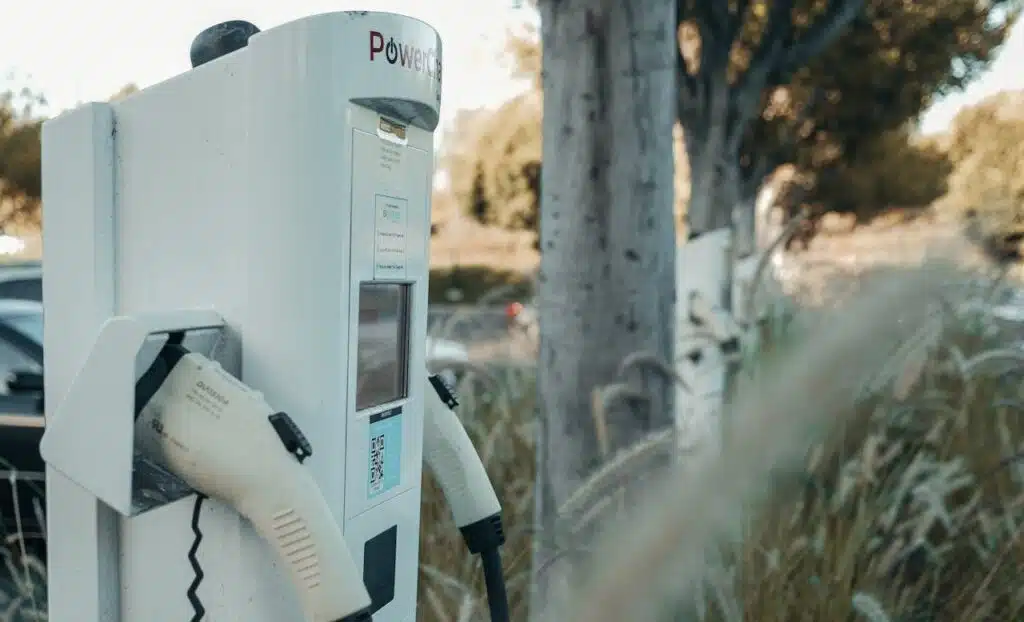Electric vans are gaining momentum as businesses and individuals seek cleaner, more sustainable alternatives for transport. But for this transition to hold its course, charging infrastructure must evolve alongside vehicle technology. Innovations in electric vehicle (EV) charging are reshaping what it means to travel efficiently, sustainably, and with confidence.
From renewable energy integration to ultra-fast charging, these advancements are laying the groundwork for long-range journeys that are both environmentally conscious and practical. Understanding these key developments helps clarify how future mobility is being powered not just by electricity, but by thoughtful engineering and strategic planning.
Renewable Energy Integration
Charging stations that rely solely on grid electricity miss an opportunity. Integrating solar and wind into EV charging helps offset fossil fuel dependence, especially during peak demand. This model aligns well with the growing number of fleet operators looking to cut operational emissions beyond tailpipe reductions. Solar carports and wind-assisted charging hubs are appearing across major logistics centers.
These systems not only generate power on-site but can store excess energy for later use. Battery storage makes it easier to balance supply during overcast or windless days, preventing service interruptions. In this setting, the role of an electric vehicle charging systems manufacturer becomes pivotal.
Companies designing these hybrid systems must think beyond plug-in ports. They must collaborate with energy providers, optimize for microgrid performance, and allow integration with both public utilities and off-grid systems. This marks a shift in how energy is consumed and stored—no longer just drawing from the grid, but actively reshaping it.
Smart Grid Compatibility
Charging infrastructure isn’t just hardware anymore—it’s software-driven and deeply connected. Smart grids allow EVs and charging stations to exchange data in real time. This helps manage load across entire networks, directing power to where it’s most needed and pulling back when the system is strained.
Load balancing prevents blackouts during peak charging times and enables demand response programs. If a fleet of delivery vans is scheduled to recharge overnight, smart systems can stagger the process to minimize cost and pressure on the grid. In residential areas, similar logic avoids overwhelming neighborhood transformers.
For drivers, smart compatibility translates to savings and reliability. For energy providers, it’s about resilience. And for operators managing dozens of EVs, it becomes a strategic advantage that helps control operational costs without compromising performance.
Ultra-Fast Charging for Commercial Fleets
Time is a critical resource for commercial drivers. Waiting hours to charge a van can derail schedules and reduce vehicle utilization. To solve this, manufacturers are deploying ultra-fast chargers capable of adding hundreds of miles of range in under 30 minutes.
These chargers use high-voltage direct current (DC), bypassing the vehicle’s onboard converter for quicker energy transfer. Thermal management plays a critical role, both in the battery and the charging cable, in preventing overheating during rapid charging sessions.
Some hubs are now equipped with liquid-cooled connectors and intelligent monitoring systems that adjust output based on battery temperature and state-of-charge. This allows for high-power delivery without compromising battery longevity, which is especially critical for businesses replacing diesel vans with electric ones and expecting them to perform similarly.
Vehicle-to-Grid (V2G) Capabilities
EVs aren’t just passive energy consumers—they can become active contributors. Vehicle-to-grid (V2G) technology allows electric vans to send electricity back to the grid or to power nearby buildings. When parked, a van can discharge stored energy to help stabilize local demand or supply power during an outage.
This concept is gaining traction among fleet managers, who see value in turning idle vehicles into revenue-generating assets. During low-demand hours, vans charge at discounted rates. During peak demand, stored energy can be sold back or used internally, reducing total electricity costs.
For public services like ambulances or maintenance fleets, V2G provides an emergency power source. And when integrated with renewable systems, it forms a closed-loop ecosystem that keeps vehicles charged and facilities operational even during grid failures.
Modular Charging Infrastructure
Permanent charging stations aren’t always the best fit for every use case. Events, seasonal work sites, or growing delivery routes may require charging in areas that aren’t yet mapped or developed. Modular charging solutions—designed to be temporary, mobile, or easy to scale—offer the needed flexibility.
Some units resemble shipping containers equipped with multiple chargers, battery storage, and renewable inputs. These can be transported to a location, deployed rapidly, and removed when no longer needed. Others are mobile trailers that follow delivery fleets, charging vans during rest periods.
This mobility helps operators test new routes or serve remote areas without heavy infrastructure investments. For regions affected by power cuts or extreme weather, it ensures continued operations through self-contained power and charging supply.
EV charging innovation is not just keeping pace with electric van adoption—it’s propelling it forward. The future of sustainable journeys will be written not only by the vehicles we drive, but by the systems that power them.



0 Comments